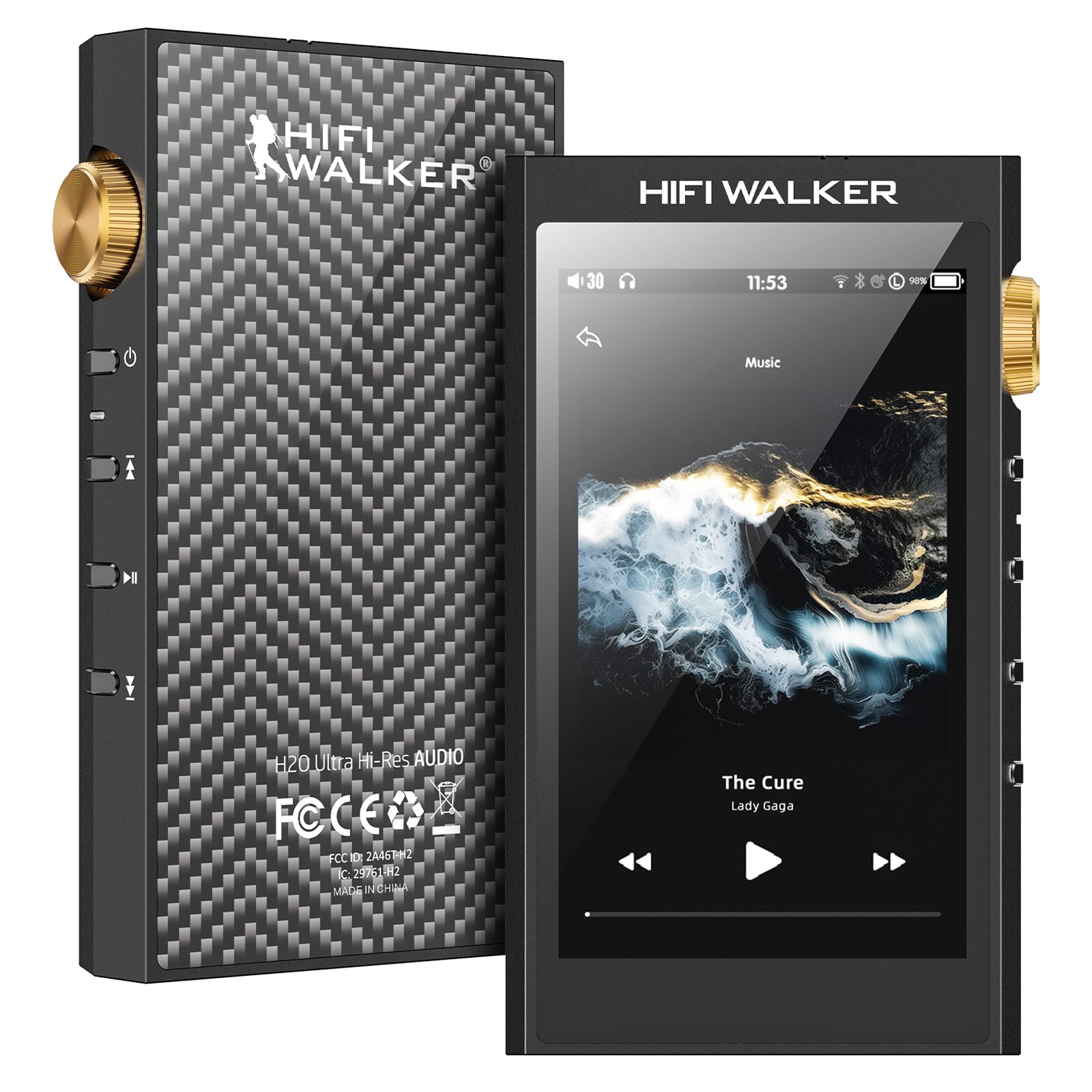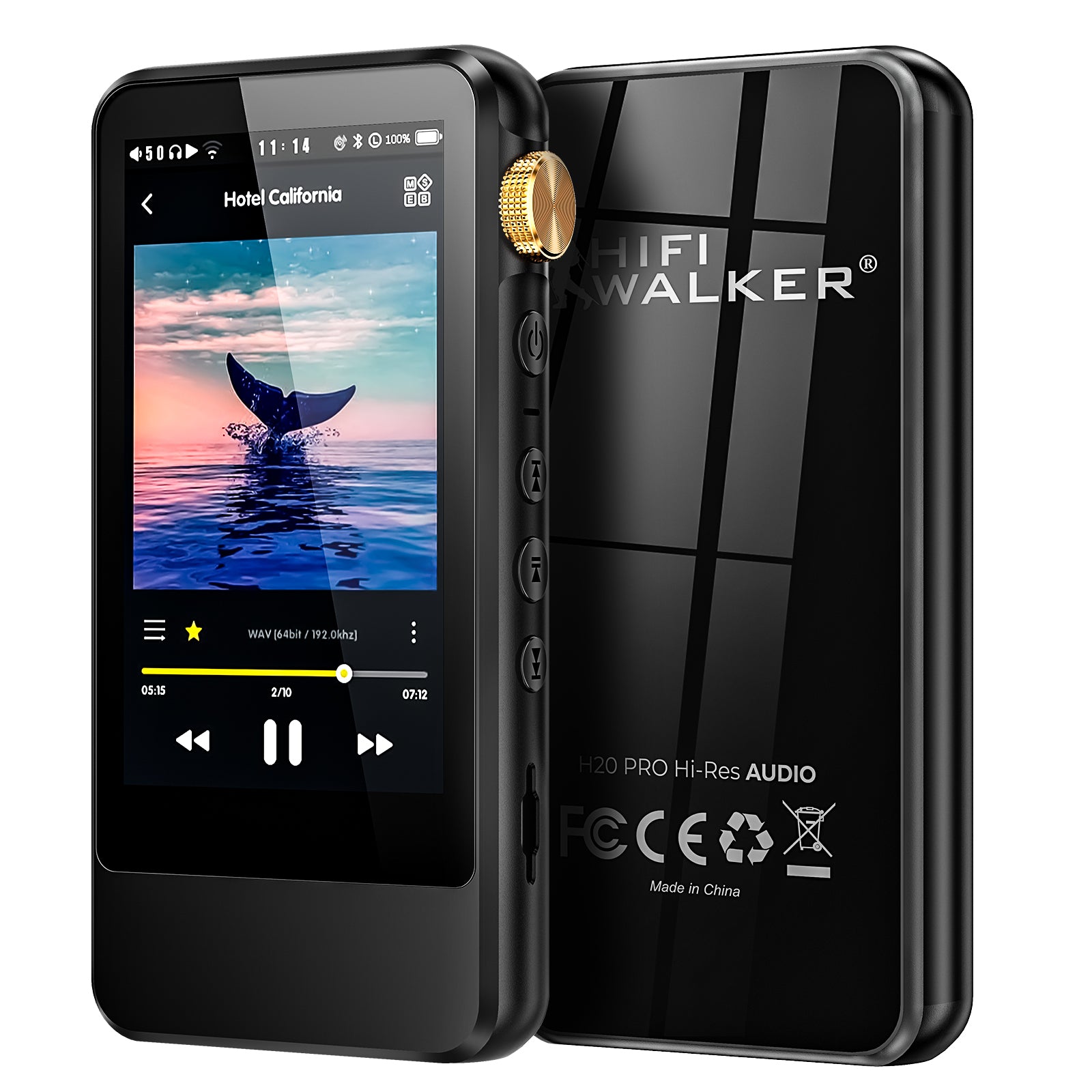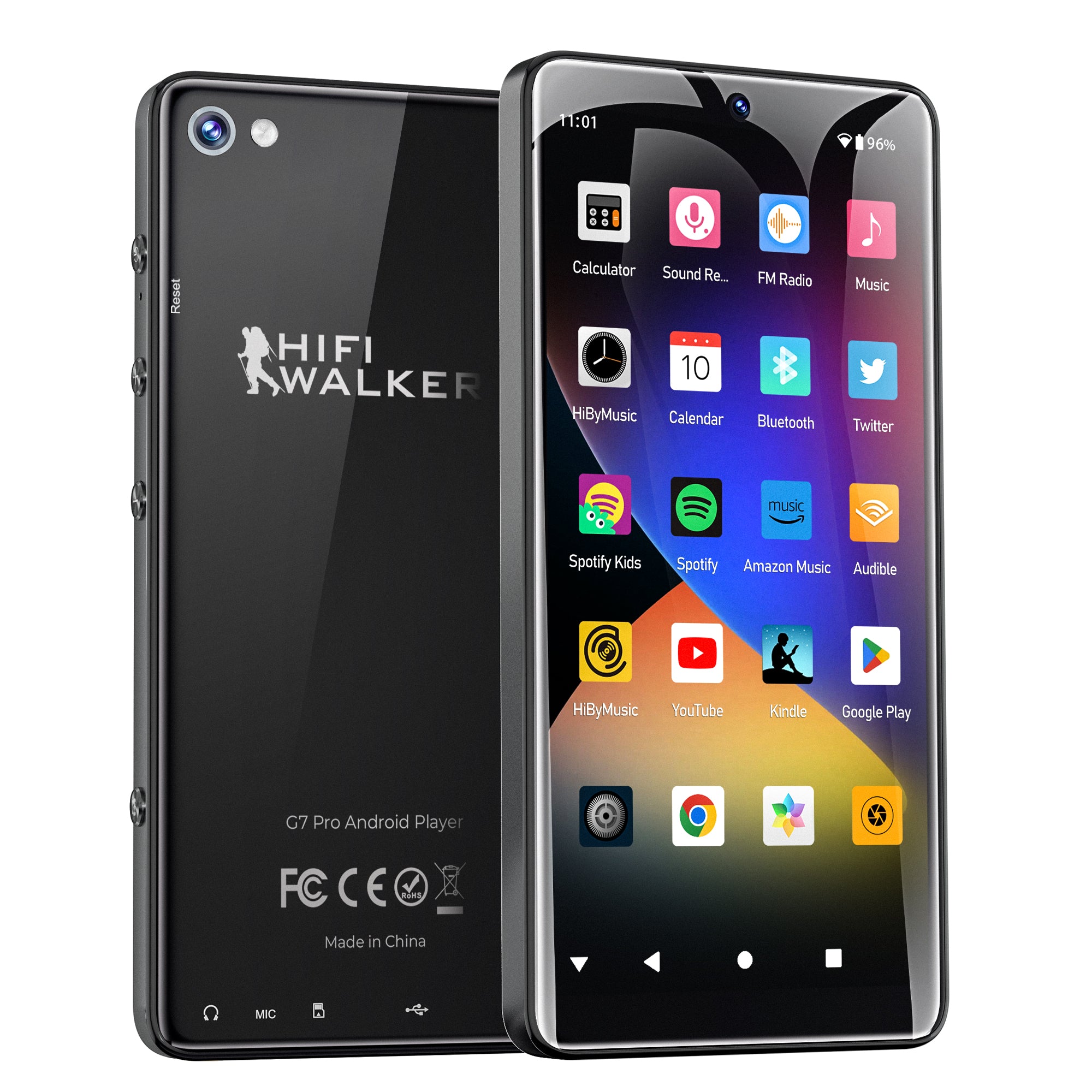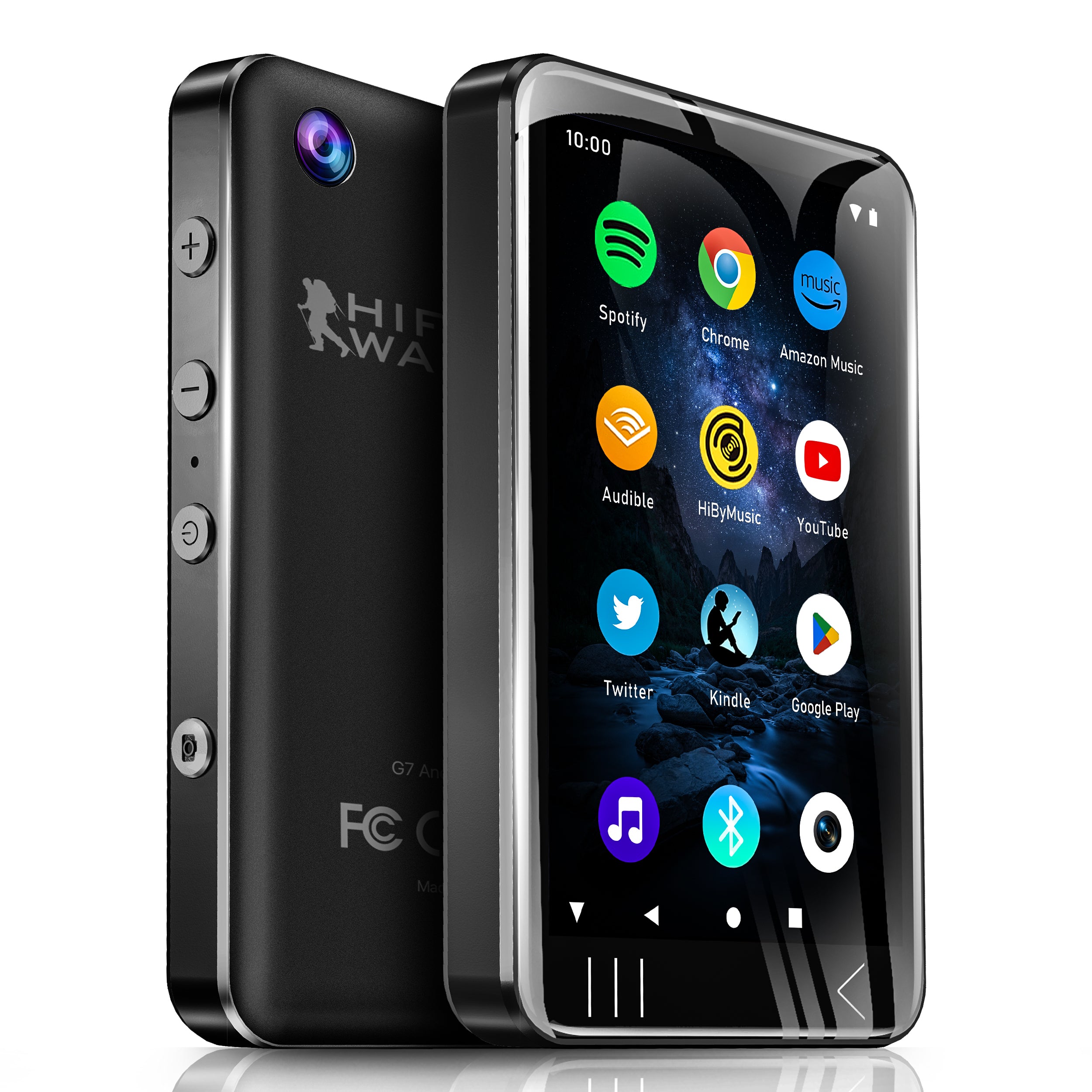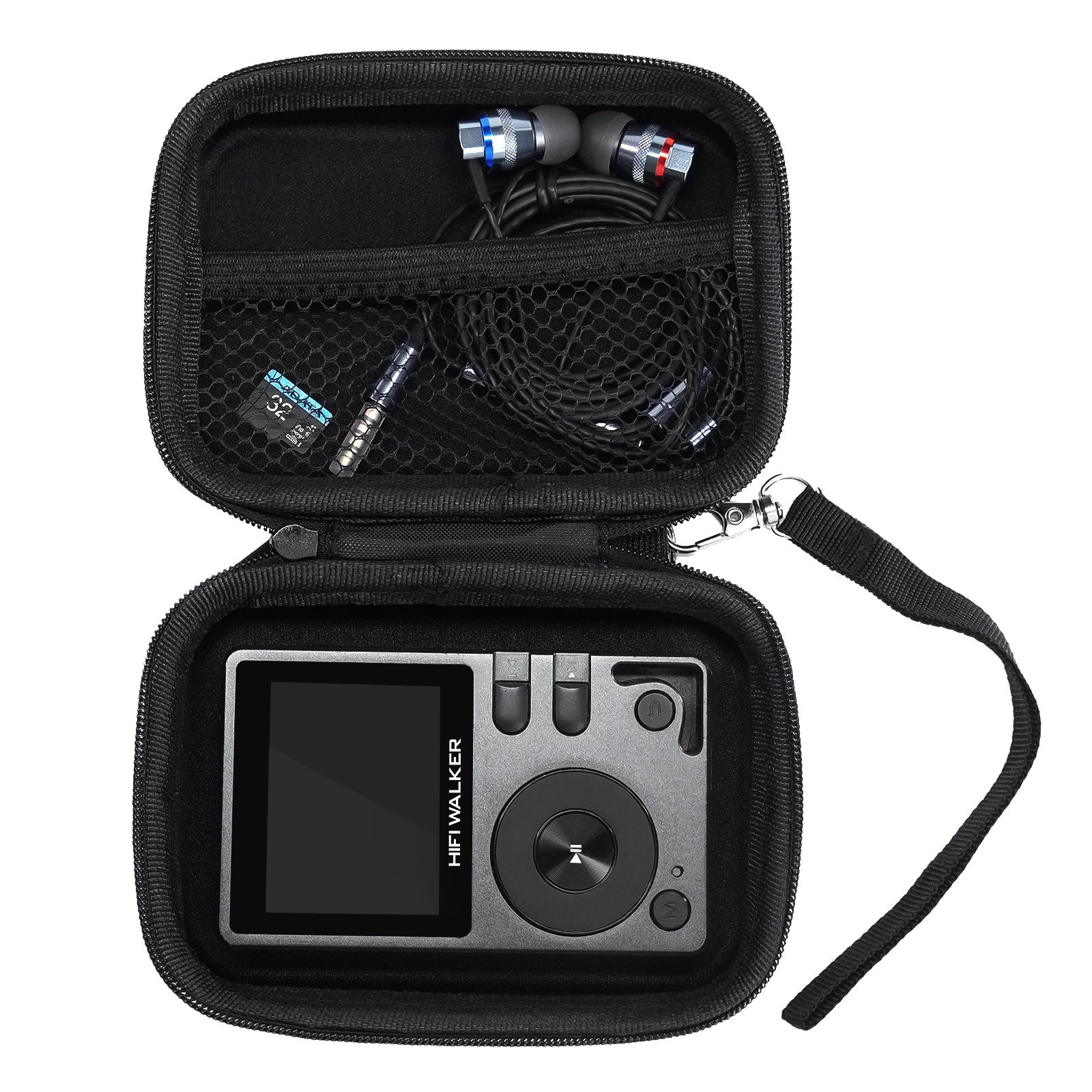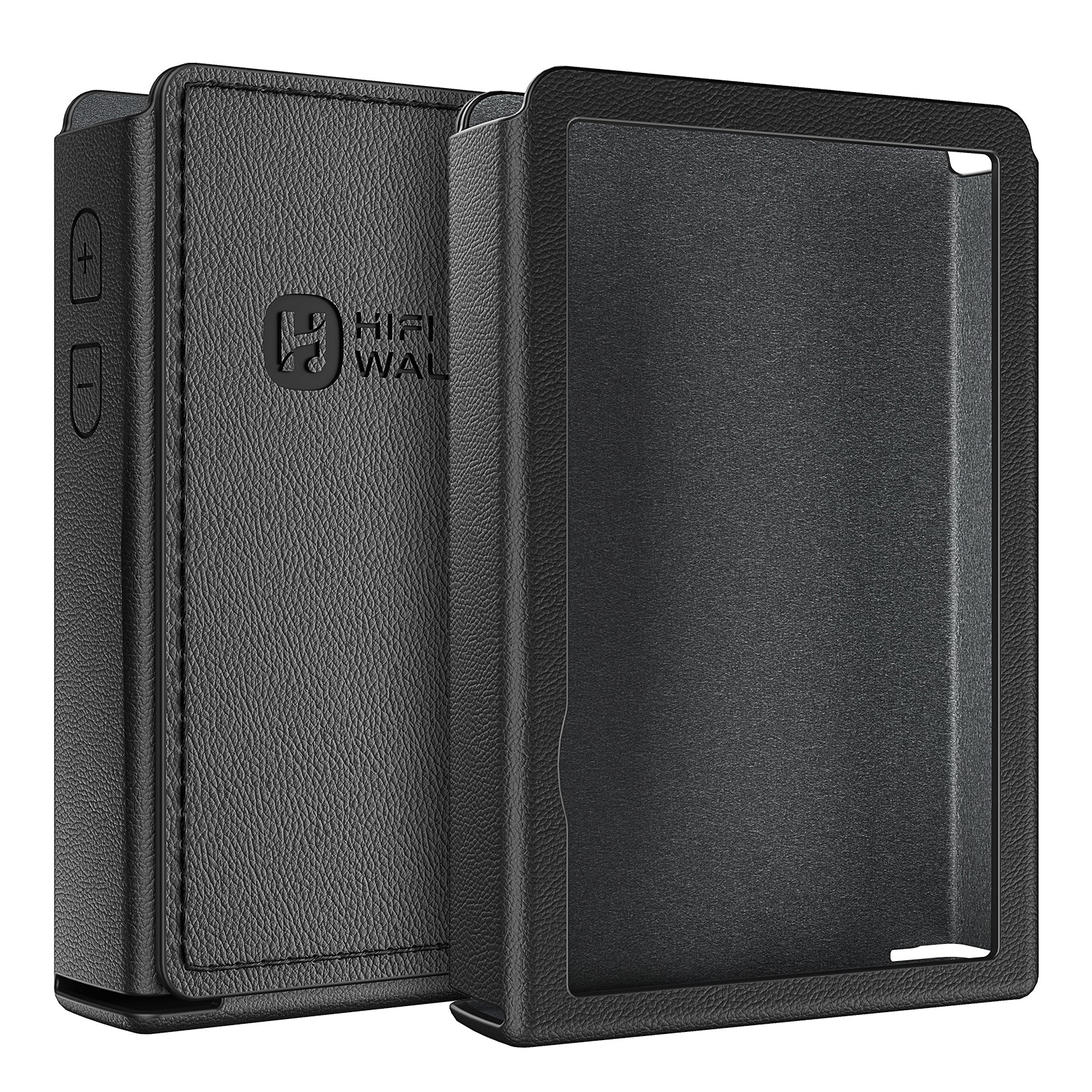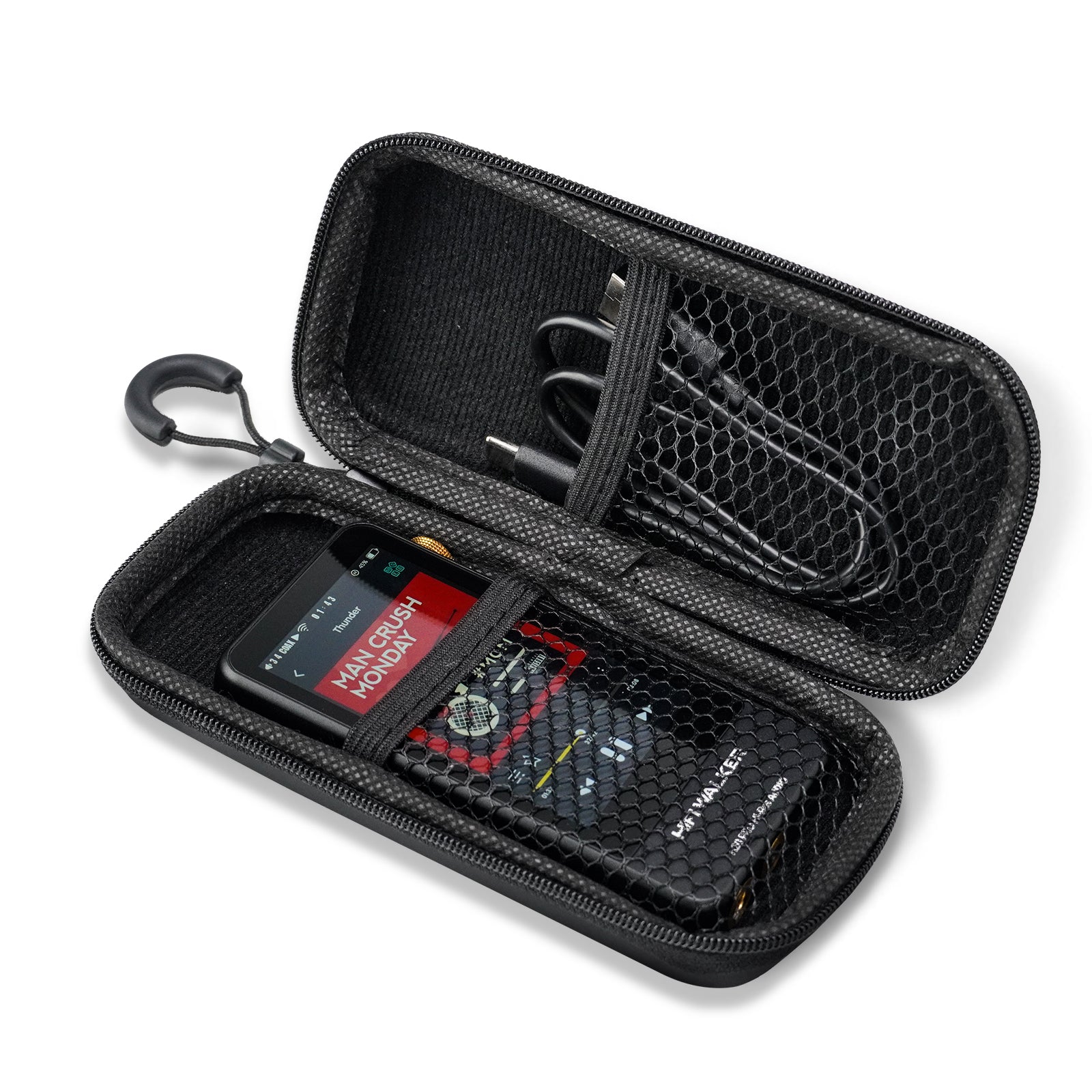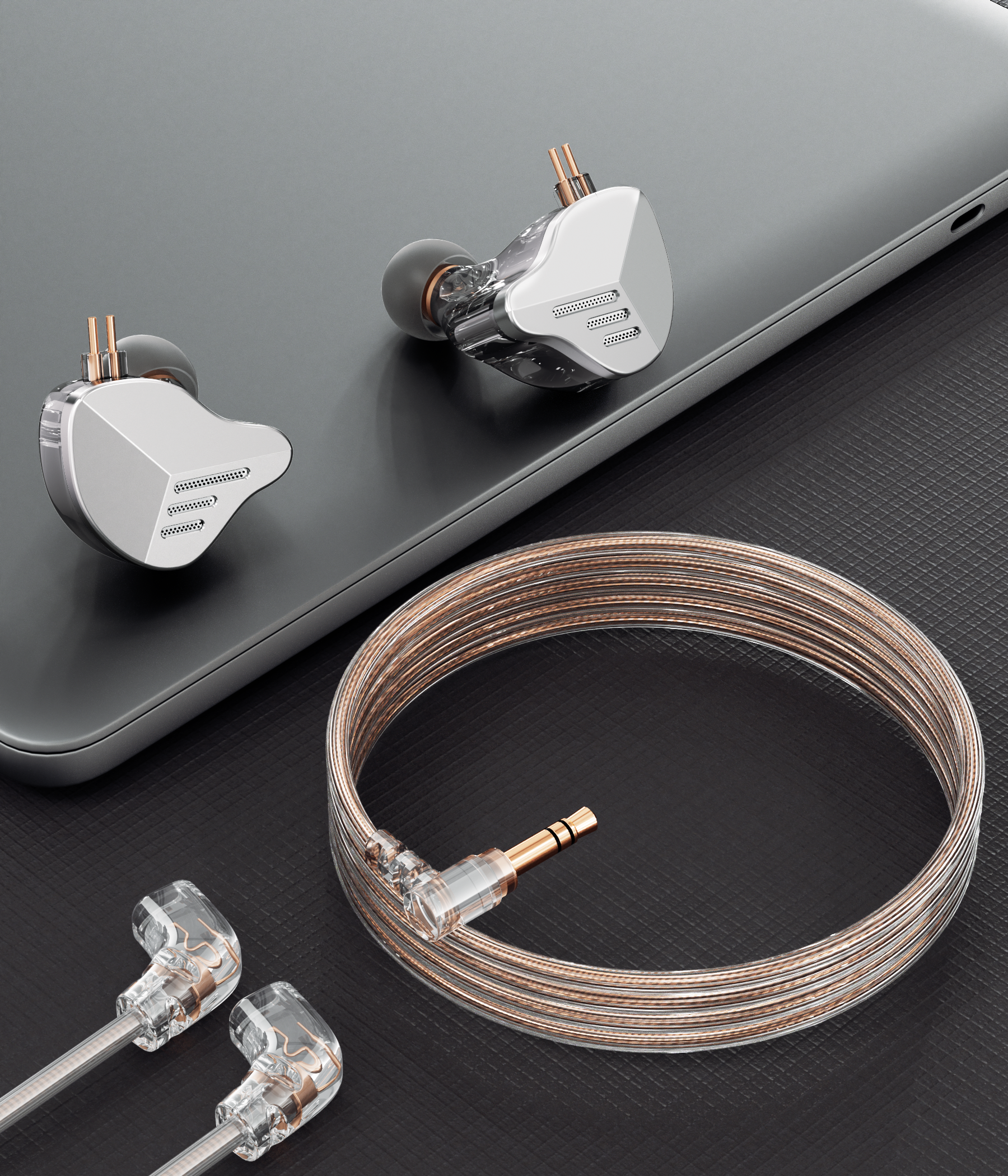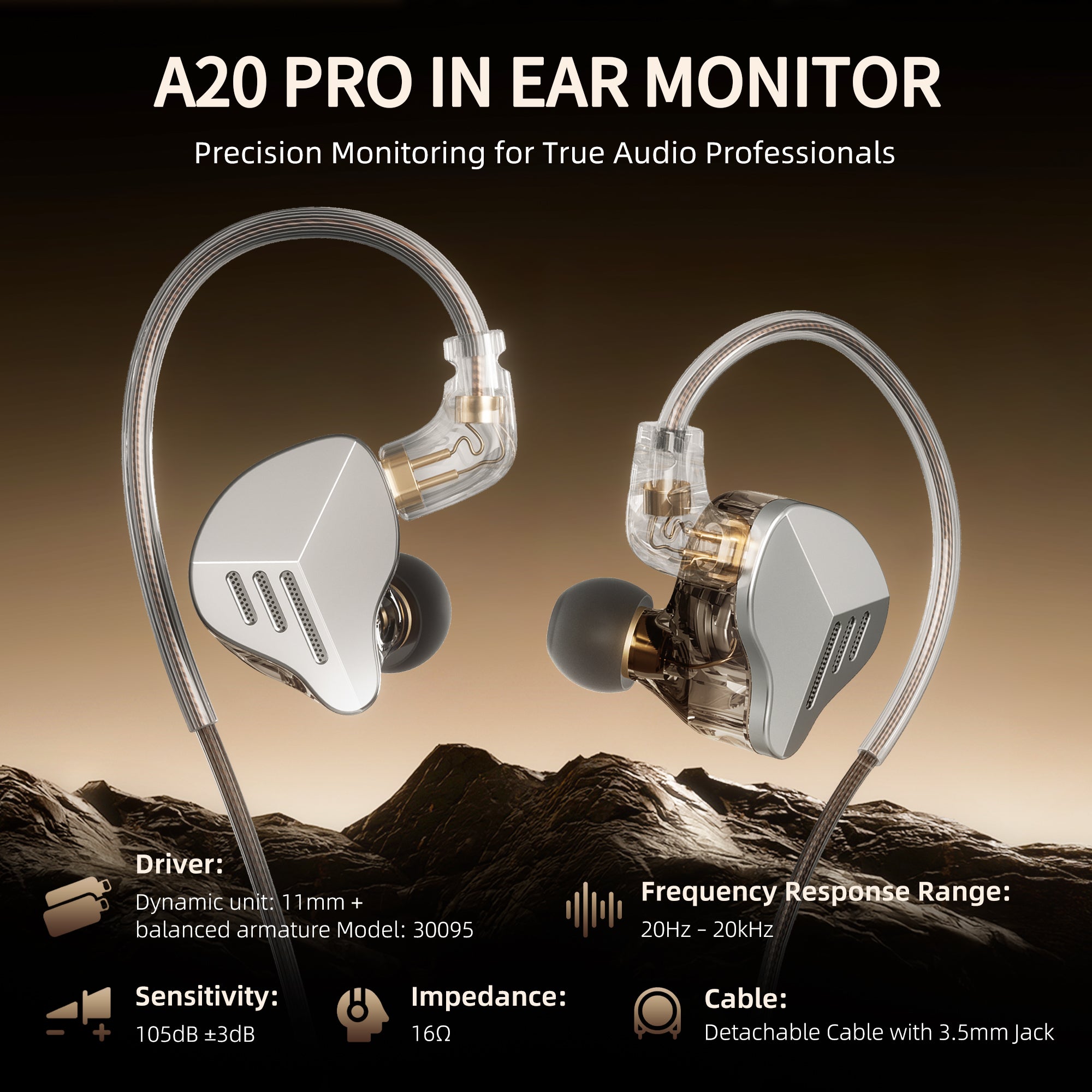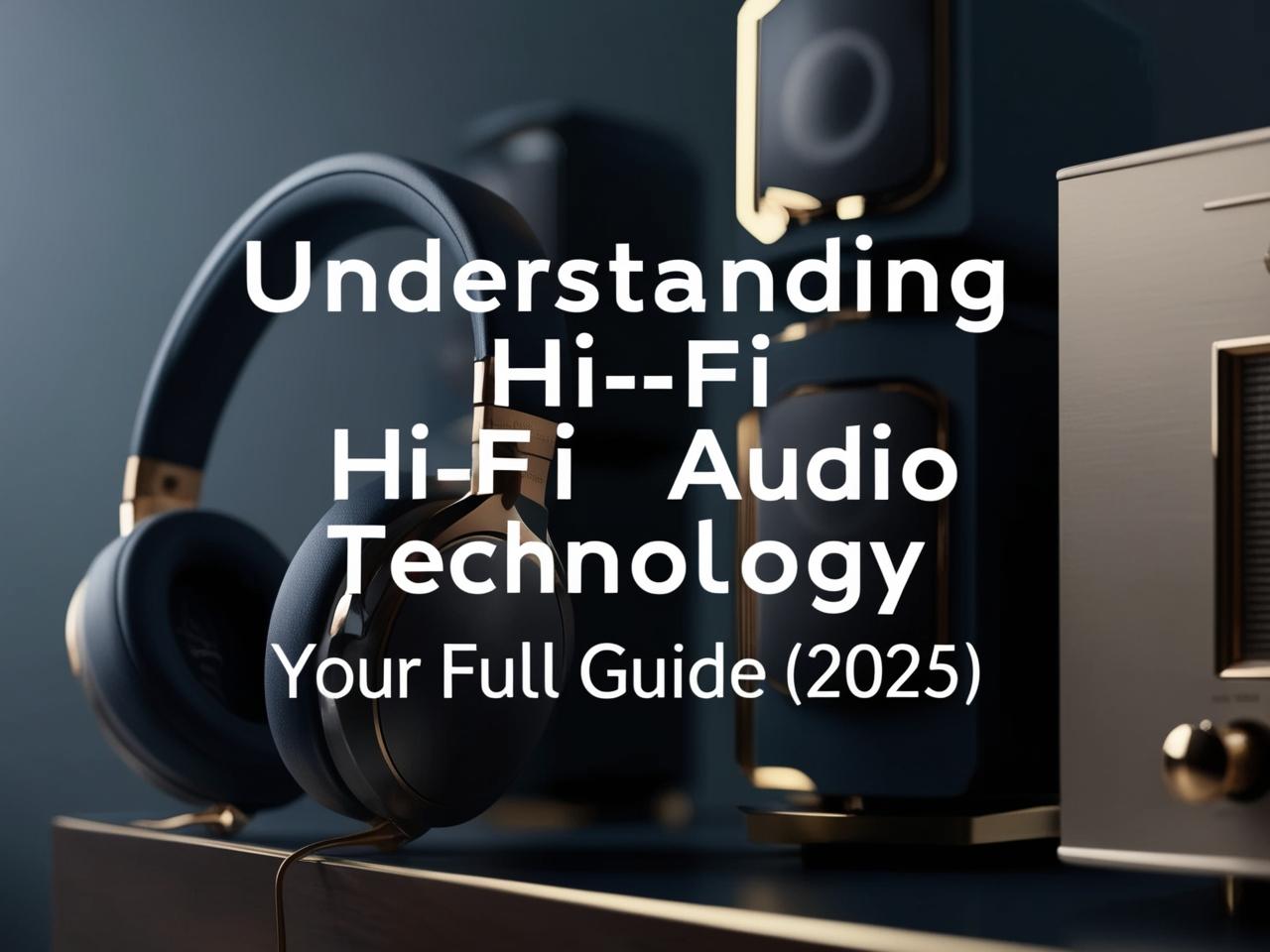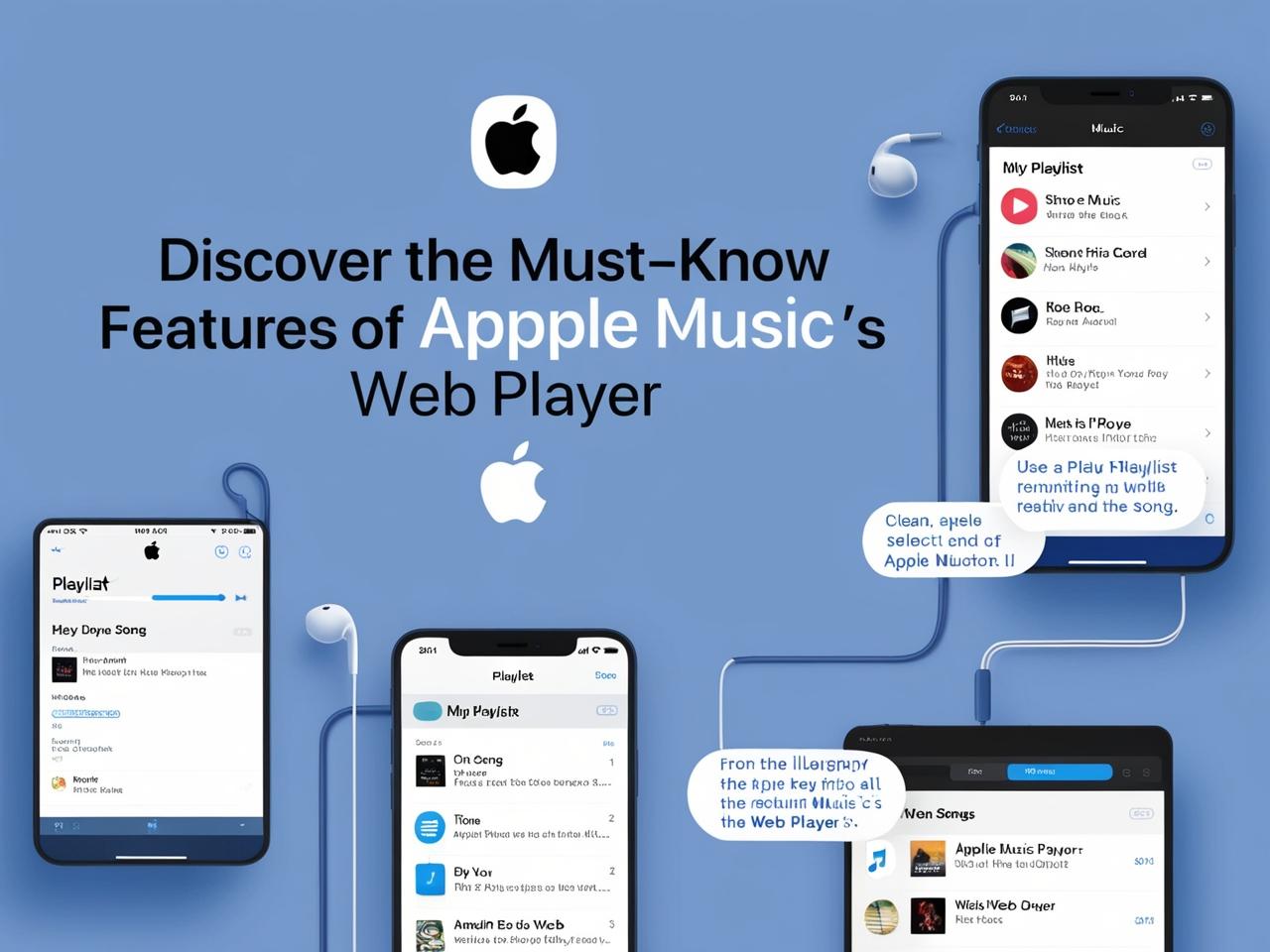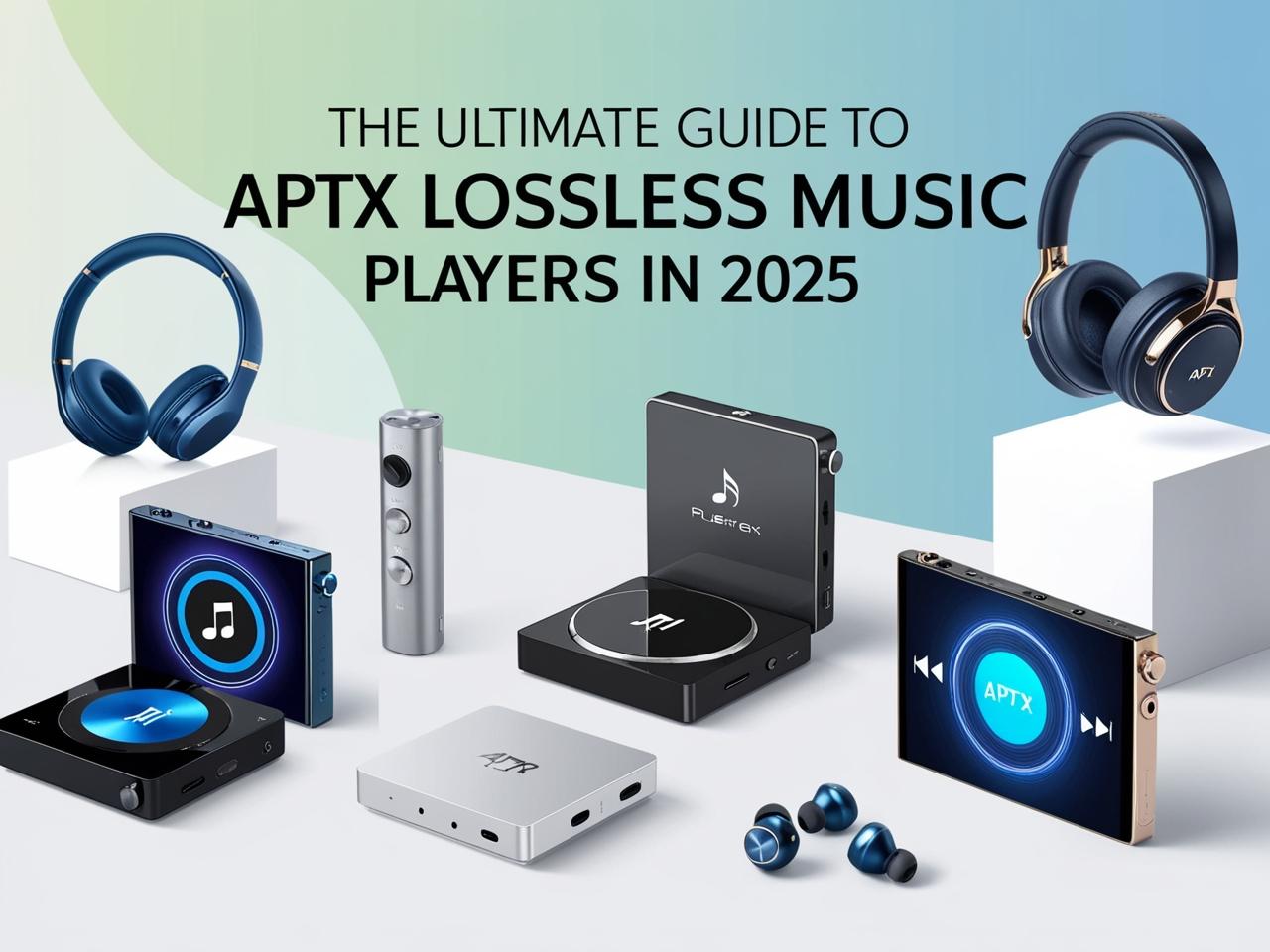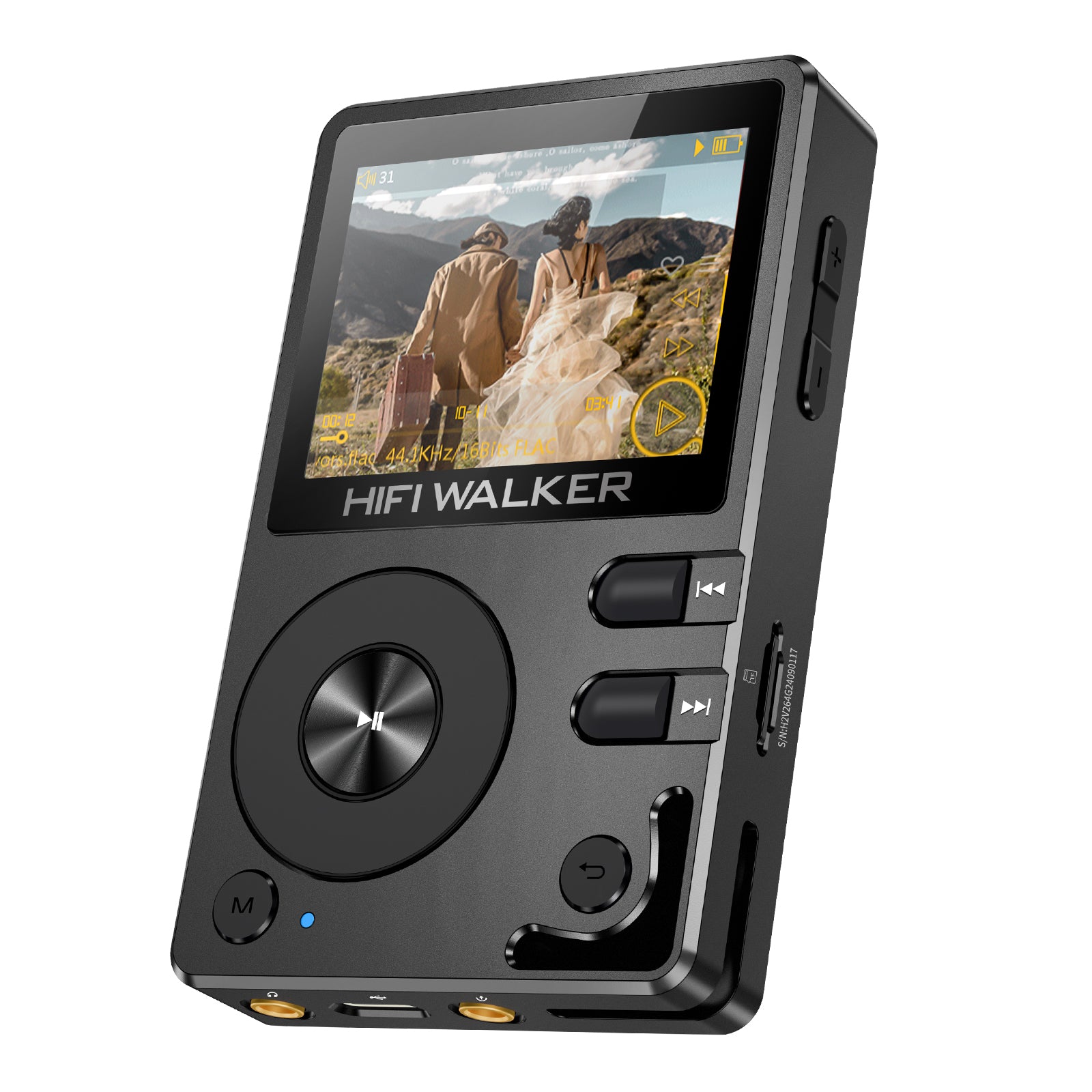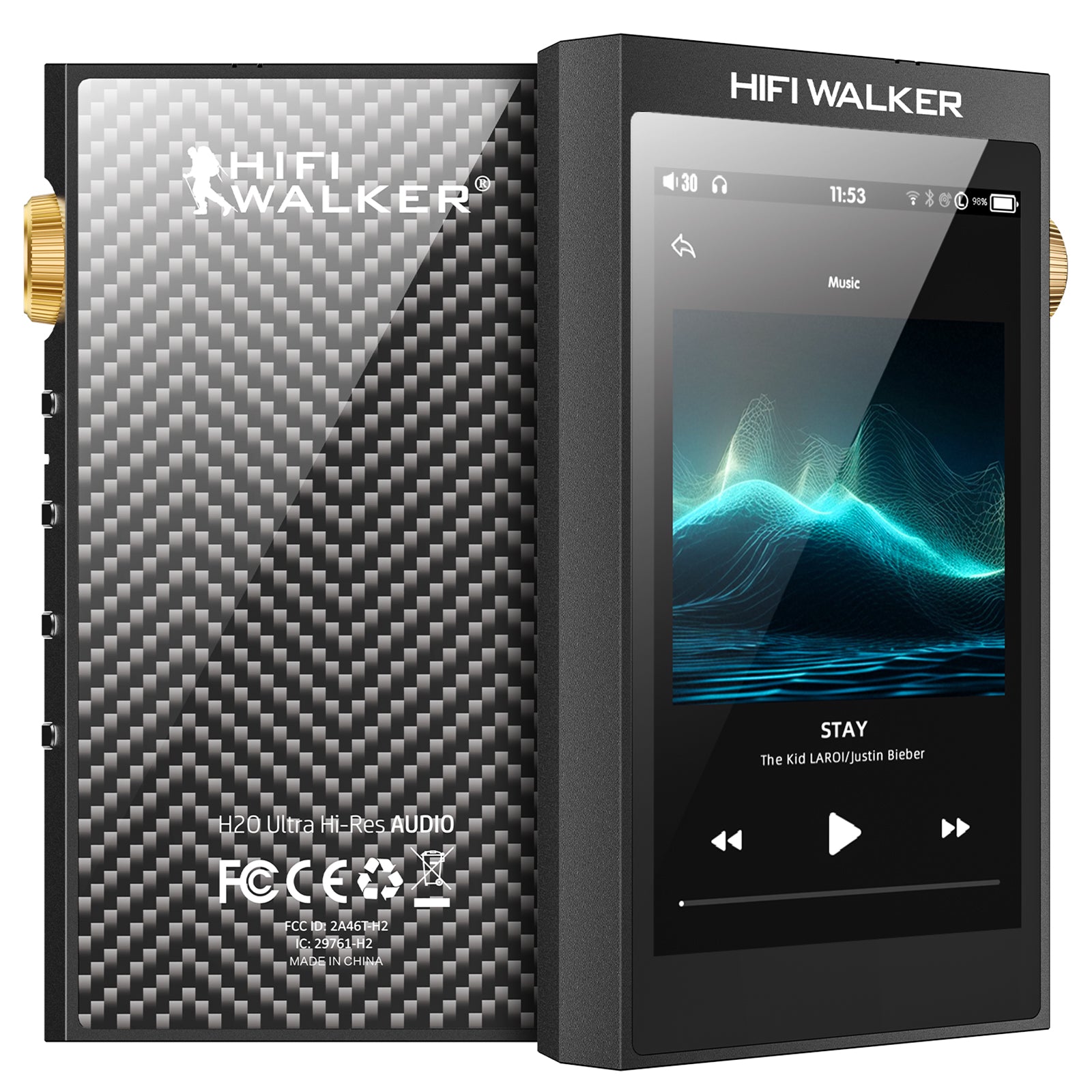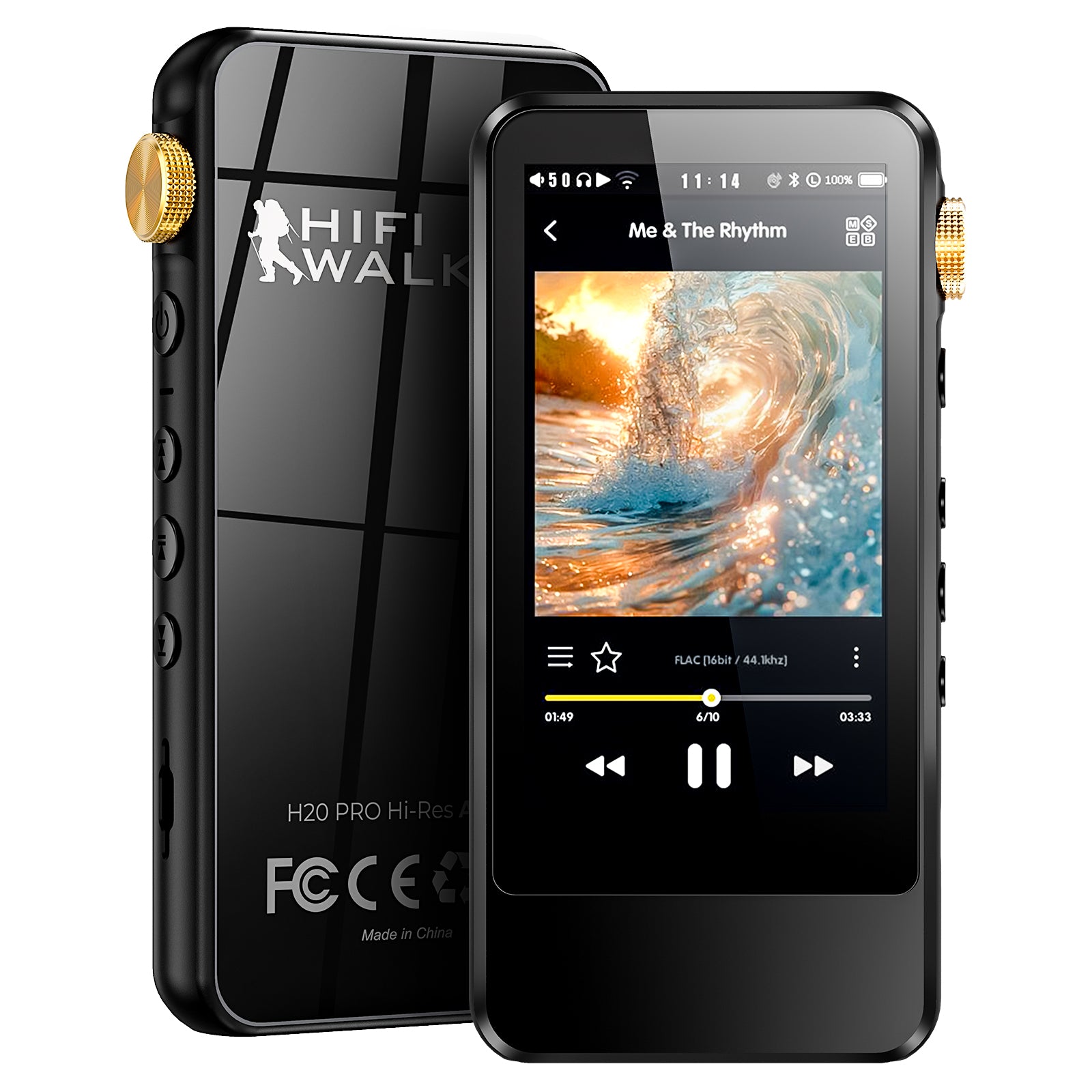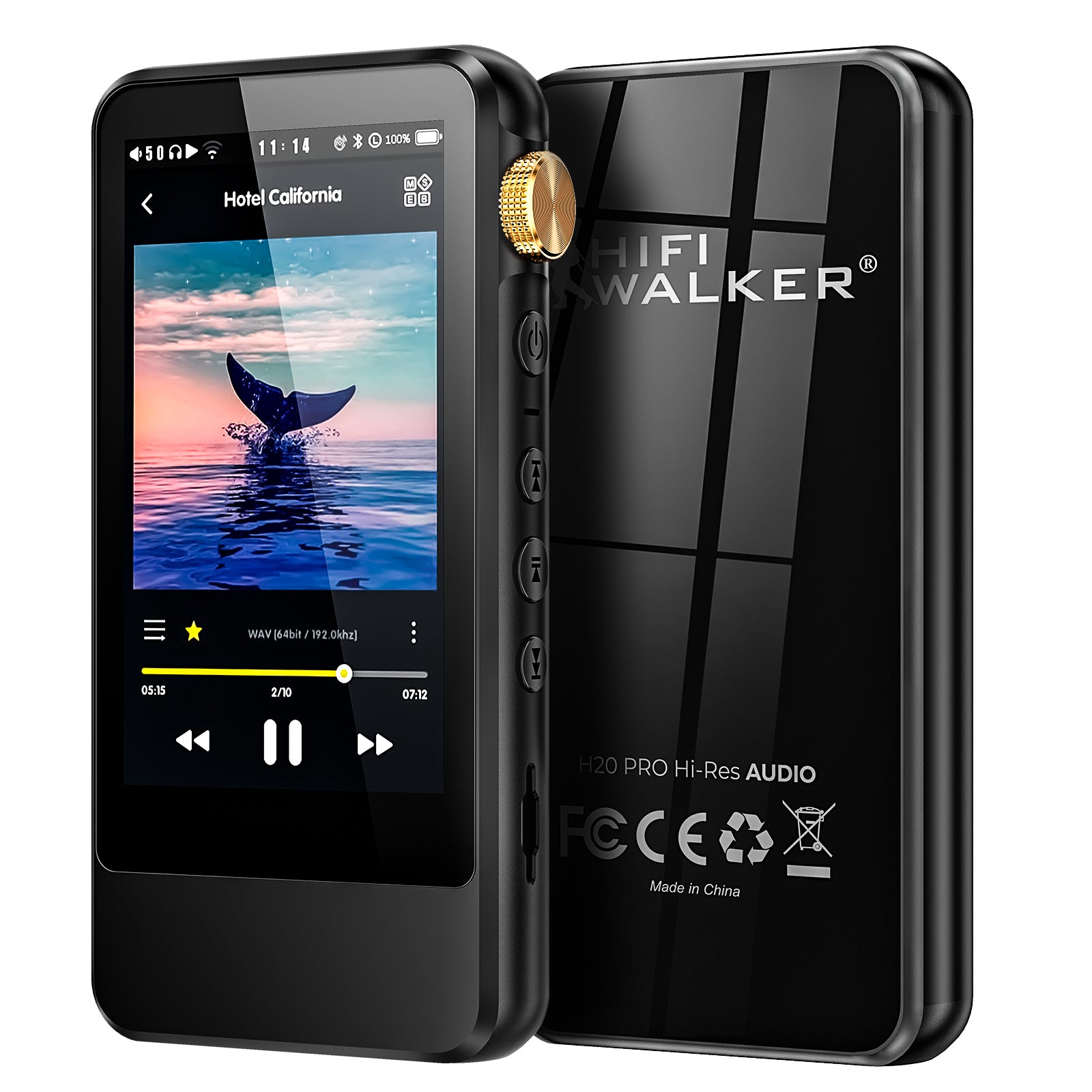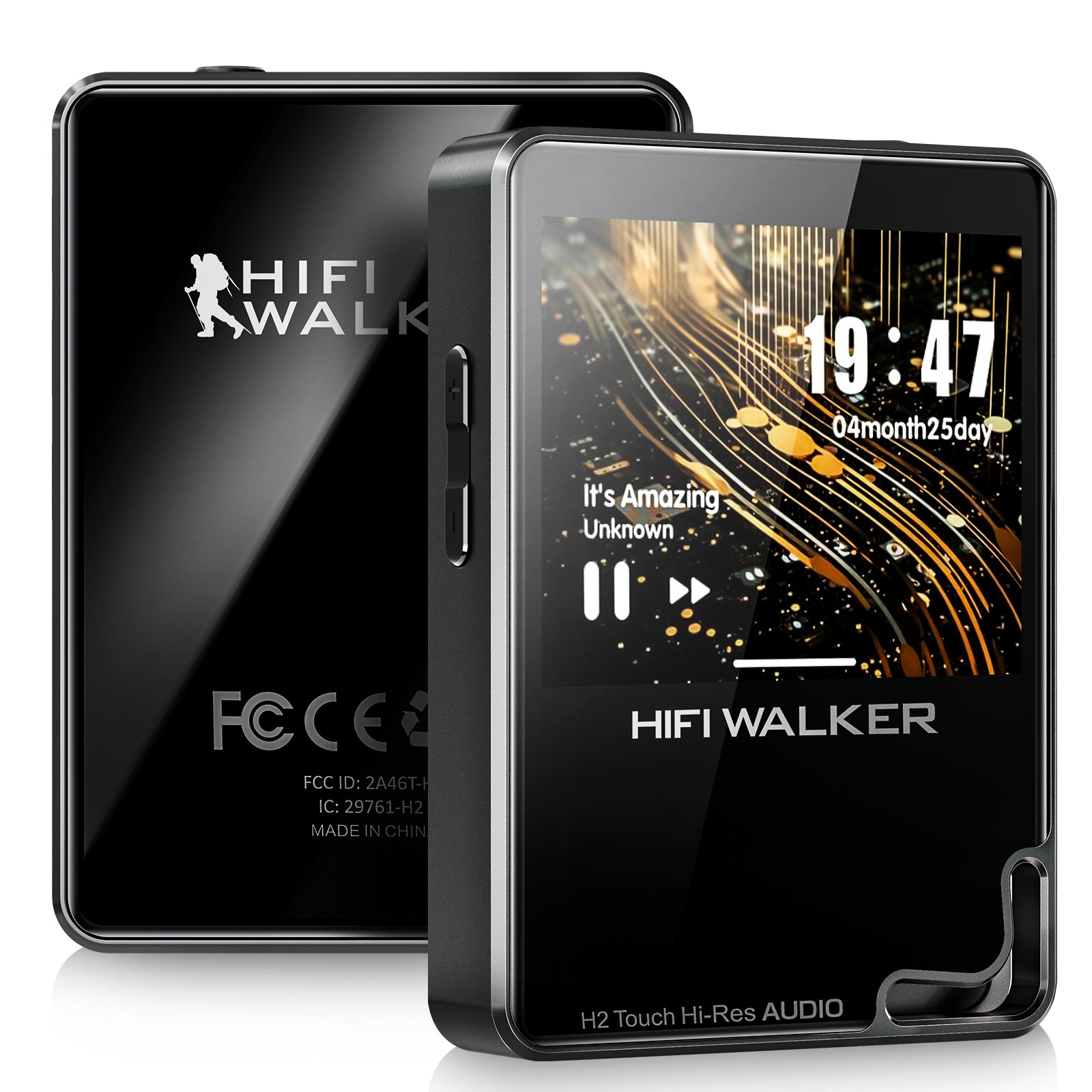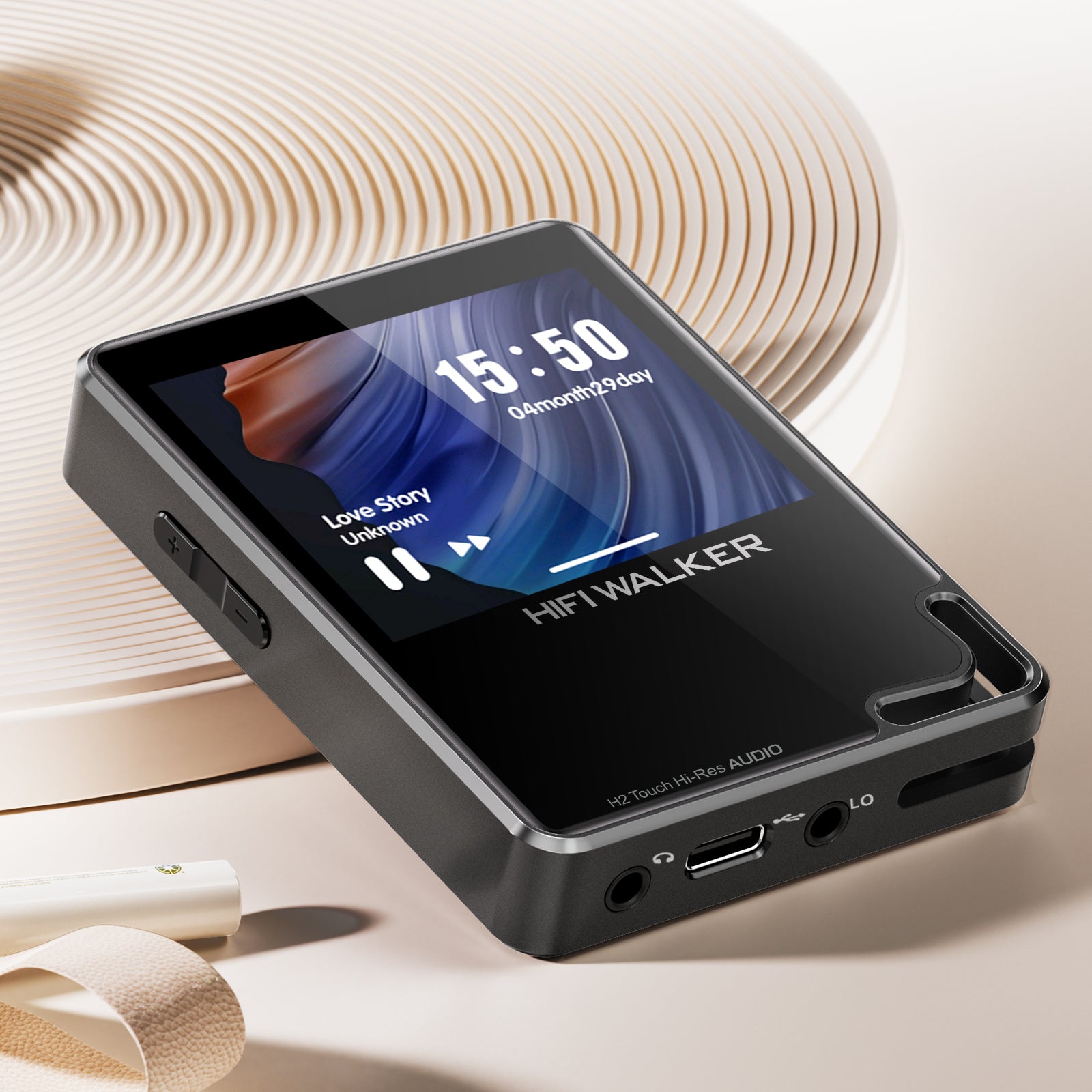Have you ever wondered what people mean when they talk about "Hi-Fi audio"? You love music, but you suspect your phone isn't letting you hear the full picture. You're right. Hi-Fi, or High-Fidelity, is all about reproducing sound so accurately that it feels like you're in the room with the musicians.
This guide is designed to demystify Hi-Fi audio technology. We'll explain in simple terms what makes it different, the essential components you need, why a dedicated player is a game-changer, and how you can start your own Hi-Fi journey without breaking the bank. Let's explore how to hear music as the artist truly intended.
Table of Contents
- What is Hi-Fi Audio? From Blurry to 4K Sound
- The 3 Key Components of a Portable Hi-Fi System
- Why Your Phone Isn't a True Hi-Fi Player
- How to Choose Your First Hi-Fi MP3 Player or DAP
- HiFiWalker DAPs as Your Starting Point
- Conclusion: Your Hi-Fi Journey Begins Here
What is Hi-Fi Audio? From Blurry to 4K Sound
Hi-Fi is short for High-Fidelity , which simply means the music you hear is extremely faithful to the original recording. Imagine hearing the subtle slide of a guitarist's fingers on the strings or the faint echo of a concert hall – that’s what Hi-Fi audio technology reveals.
Most standard digital music (like typical MP3s) is compressed to save space, which is like turning a high-resolution photo into a blurry screenshot. Details are lost forever. True Hi-Fi audio uses lossless or high-resolution audio formats to preserve 100% of the original quality.

The 3 Key Components of a Portable Hi-Fi System
Hi-Fi audio technology is like a microscope for sound — it reveals details you’ve never noticed
To experience true Hi-Fi sound, you need three things working together in what's called the "audio chain":
-
The Source File: High-Resolution Audio Your journey starts with a quality file. You can't get Hi-Fi sound from a low-quality MP3. You need lossless files like FLAC or ultra-high-resolution formats like DSD.
-
The Brain: The Digital Audio Player (DAP) This is the device that reads the file and converts it into a signal your headphones can use. A high-quality DAP is the heart of a portable Hi-Fi system.
-
The Voice: Quality Headphones Your headphones are the final step, turning the electrical signal into the sound you hear. Good headphones are essential to reproduce the details your DAP provides.
Why Your Phone Isn't a True Hi-Fi Player
While your smartphone is a master of many trades, it's a jack of all trades when it comes to audio. Here's why a dedicated Hi-Fi music player is superior:
- The DAC (Digital-to-Analog Converter): A phone's DAC is built to be small and power-efficient, not for ultimate quality. A Hi-Fi MP3 player uses an audiophile-grade DAC, like those from ESS Sabre , which dramatically reduces background noise and decodes files with far more precision.
- The Amplifier: Phones have weak internal amplifiers that struggle to properly power high-quality headphones, resulting in thin, quiet, or distorted sound. A DAP has a more robust amplifier designed to drive a wider range of headphones effectively.
- Electrical Noise & Interference: A phone is a busy device, with Wi-Fi, cellular, and Bluetooth signals creating electrical "noise" that can interfere with the audio signal. A DAP is a focused device, providing a much cleaner, quieter background for your music.
- Storage & Battery: Hi-Fi files are large and can drain a phone's battery and fill its storage quickly. DAPs offer massive expandable storage via microSD cards and have batteries optimized for hours of continuous playback.

How to Choose Your First Hi-Fi MP3 Player or DAP
Ready to make the leap? Here are three simple steps:
Define Your Primary Use: Where will you listen most?
- At home with high-end headphones? You might want a player with more power, like one with a balanced output.
- Commuting or at the gym? Prioritize portability, durability, and battery life.
- Need streaming apps too? An Android-based DAP is your best bet.
Consider Your Music Source:
- Mainly local files (FLAC/DSD/MP3)? Any quality DAP with a microSD slot will work great.
- Want to use Tidal, Spotify, etc.? You must choose an Android DAP with Wi-Fi.
Set Your Budget: You can enter the world of Hi-Fi for under $150, or you can invest thousands. Knowing your budget helps narrow the choices.
HiFiWalker DAPs as Your Starting Point
HiFiWalker specializes in making high-fidelity audio accessible. Here’s how our players fit different needs:
- For the Best Entry into Hi-Fi: The HIFI WALKER H2 is the perfect starting point. It uses a quality Texas Instruments DAC, supports FLAC and DSD files, has excellent battery life, and offers expandable storage. It delivers a massive sound upgrade from your phone at a budget-friendly price.
- For Hi-Fi Streaming & Flexibility: The HIFI WALKER G7 and G7 Mini run on Android OS. This allows you to install streaming apps like Tidal or Spotify and play your local Hi-Res files. It's the ultimate combination of modern convenience and Hi-Fi sound. (Note: While powerful, Android DAPs typically have a battery life closer to 8-10 hours due to the OS, but offer incredible flexibility.)
- For the Aspiring Audiophile: The HIFI WALKER H20 Pro is for those wanting to take the next step. It features dual DACs (one for each channel) and a 4.4mm balanced port that delivers cleaner, more powerful sound to compatible high-end headphones.
Conclusion: Your Hi-Fi Journey Begins Here
Understanding Hi-Fi audio isn't about complex numbers; it's about connecting more deeply with the music you love. It begins with a quality source file (FLAC or DSD) and requires a dedicated Digital Audio Player (DAP) to unlock its full potential. By focusing on a quality DAC, amplifier, and a distraction-free platform, a DAP delivers a richer and more emotional listening experience than any smartphone can.
Whether you're starting with the incredible value of the H2 or embracing the flexibility of the G7, HiFiWalker provides the perfect entry point into the rewarding world of high-fidelity sound.
Ready to hear what you've been missing? Explore the full range of HiFi Walker DAPs → [Link to your main DAP product category page]
Frequently Asked Questions (FAQ)
Q1: What is the single most important thing I need to start with Hi-Fi audio?
A1: The journey starts with good source files (like FLAC or purchased MP3s at 320kbps) and a dedicated Digital Audio Player (DAP). A quality DAP provides the biggest initial upgrade over a smartphone for portable listening.
Q2: Do I need very expensive headphones to hear a difference?
A2: Not necessarily! While high-end headphones reveal more detail, even affordable audiophile-recommended earphones (in the $50-$100 range) will sound significantly better and clearer when powered by a Hi-Fi DAP compared to a phone's standard headphone jack.
Q3: Is FLAC noticeably better than a high-quality MP3?
A3: On a good Hi-Fi system, yes. Listeners often describe FLAC as having more "space," clearer high-frequency details (like cymbals), and more realistic dynamics. An MP3 can sound flatter in comparison.
Q4: Can I use a Hi-Fi player in my car?
A4: Absolutely! Most DAPs, including the H2 and G7, can be connected to your car's AUX input with a standard 3.5mm cable, instantly upgrading your driving soundtrack with higher quality source audio.

